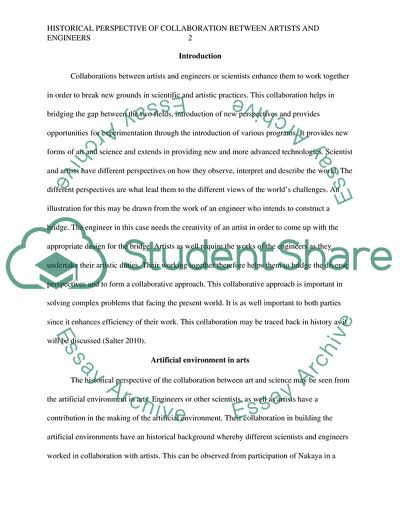Cite this document
(Historical Perspective of the Collaboration Between Artists and Engine Literature review, n.d.)
Historical Perspective of the Collaboration Between Artists and Engine Literature review. https://studentshare.org/history/1864394-a-historical-perspective-on-the-collaboration-between-artists-and-engineersscientists
Historical Perspective of the Collaboration Between Artists and Engine Literature review. https://studentshare.org/history/1864394-a-historical-perspective-on-the-collaboration-between-artists-and-engineersscientists
(Historical Perspective of the Collaboration Between Artists and Engine Literature Review)
Historical Perspective of the Collaboration Between Artists and Engine Literature Review. https://studentshare.org/history/1864394-a-historical-perspective-on-the-collaboration-between-artists-and-engineersscientists.
Historical Perspective of the Collaboration Between Artists and Engine Literature Review. https://studentshare.org/history/1864394-a-historical-perspective-on-the-collaboration-between-artists-and-engineersscientists.
“Historical Perspective of the Collaboration Between Artists and Engine Literature Review”. https://studentshare.org/history/1864394-a-historical-perspective-on-the-collaboration-between-artists-and-engineersscientists.


